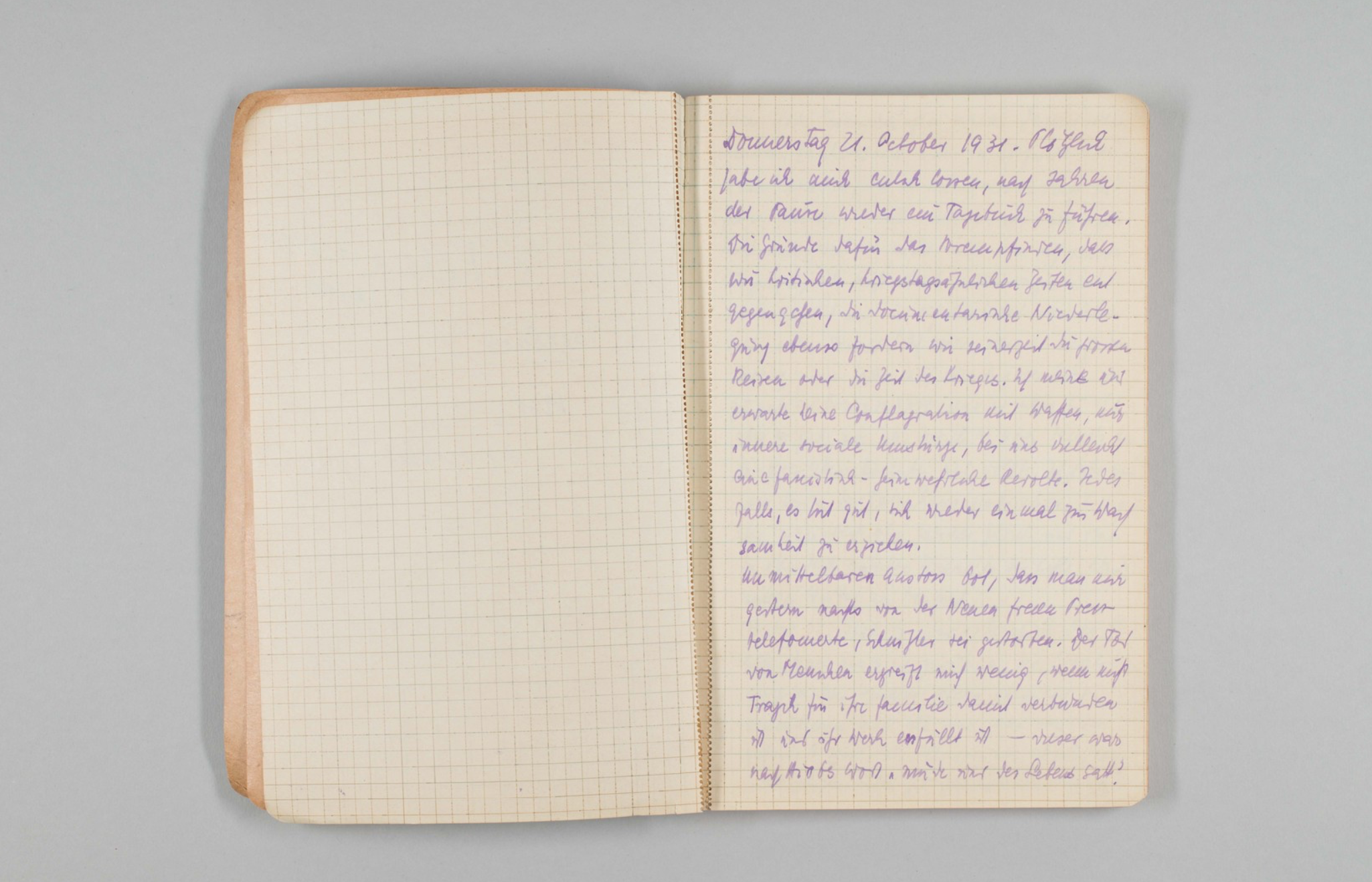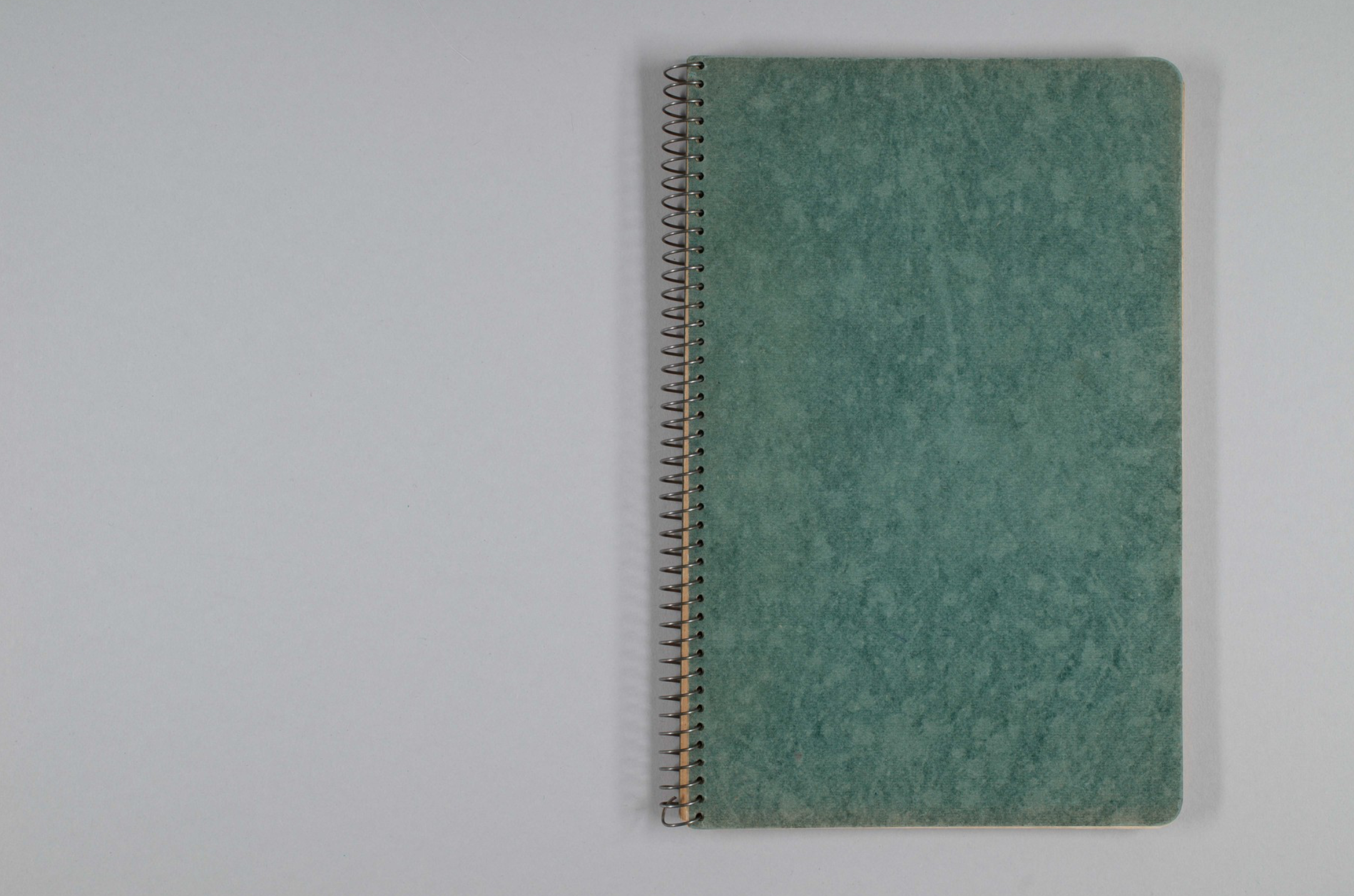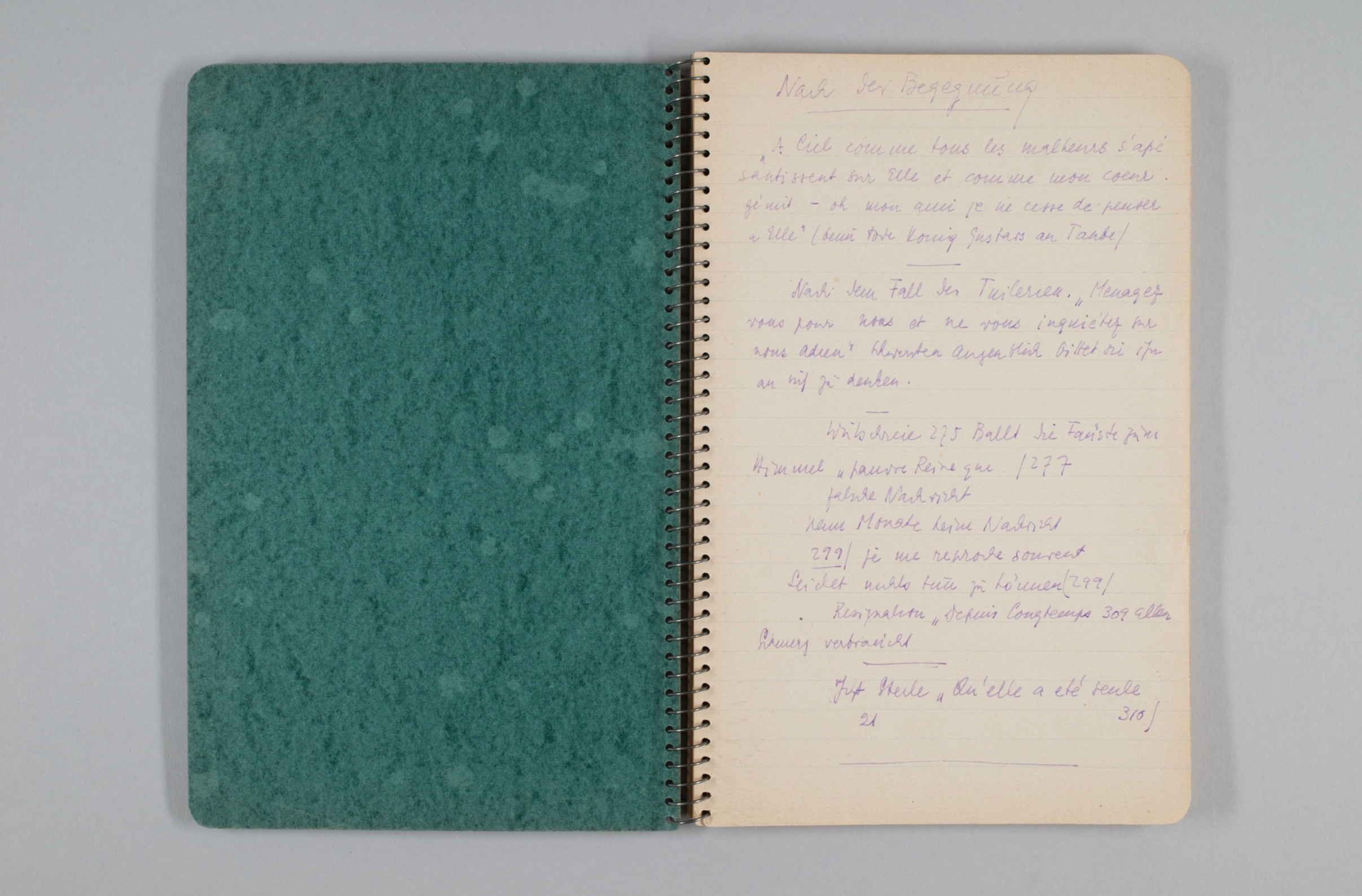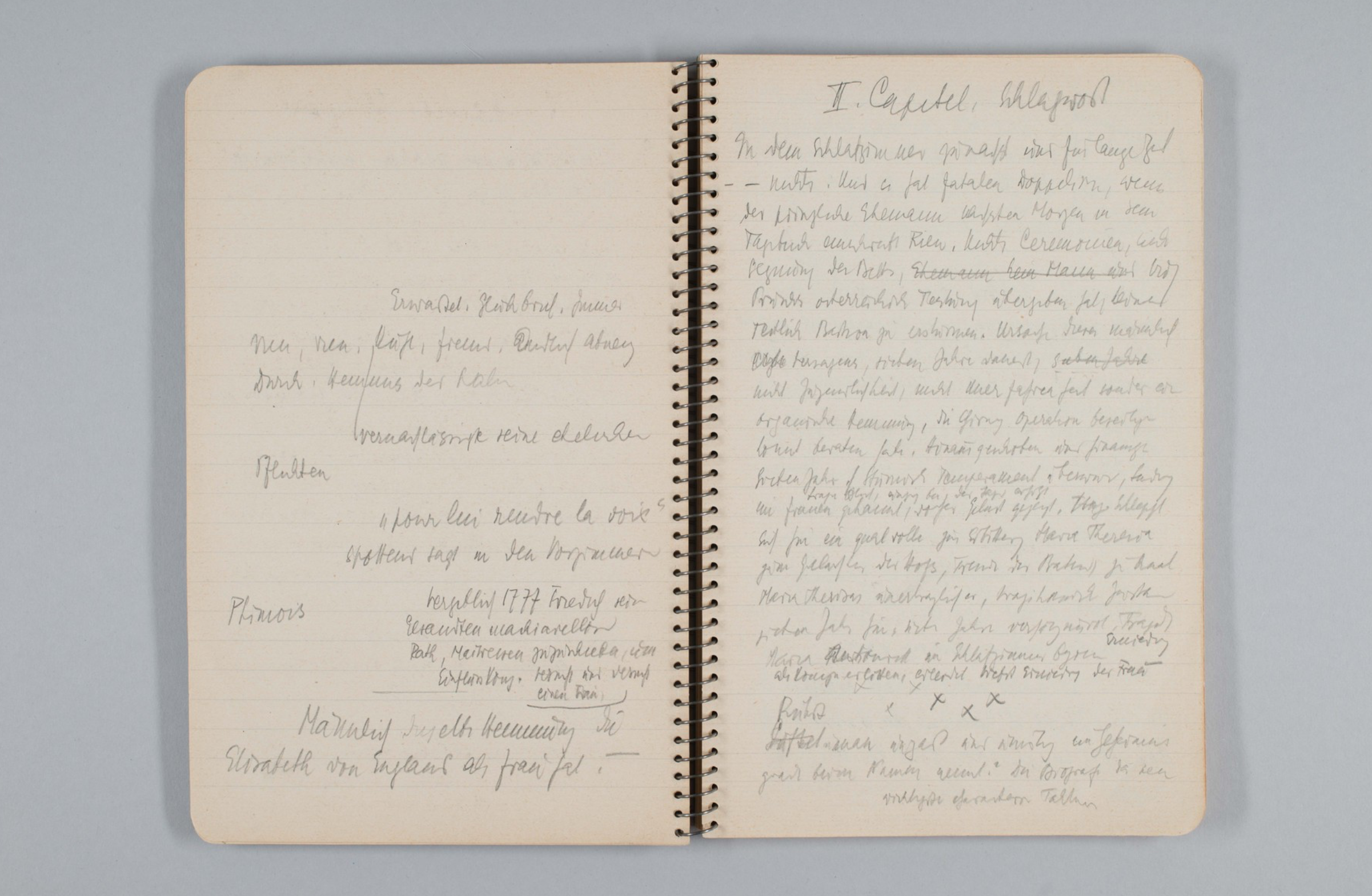Stefan Zweig’s notebooks — and other notes on notetakers
Adam collects quotes about the notebooks of Stefan Zweig, Wilhelm Röntgen, Mieko Kawakami, and Rae Armantrout.
Stefan Zweig Digital is a website dedicated to the Austrian author who wrote dozens of books, including Letter from an Unknown Woman, and inspired Wes Anderson’s The Grand Budapest Hotel. The site links to photos of Zweig’s documents housed at the Universität Graz in Austria. Below are descriptions of two notebooks used while he was writing a biography of Marie Antoinette.
After a more than decade-long hiatus, Stefan Zweig resumed keeping a journal in the autumn of 1931. As Zweig himself explains at the beginning of the volume, his specific motivation was the death of Arthur Schnitzler, but he also points to the political circumstances as a reason for wishing to keep a record of the day-to-day events of his life.
As was his wont at this stage of work, Stefan Zweig wrote the text proper on the right-hand side, then added insertions and extensive corrections on the left, often going through several revisions. To increase their visibility, these additions are frequently written at an oblique angle to the main text, sometimes employing different writing materials. At some point, Stefan Zweig reversed the notebook for further use, thus inverting the orientation of the text.
You can flip through these and more notebooks at Stefan Zweig Digital.
Wilhelm Röntgen
PD Smith writes in The Guardian:
In his notebook, Röntgen used a letter to denote the unknown rays: “X-rays”. As Sheehy says, this is “possibly the best unintentional branding in the history of physics.
Mieko Kawakami
From the Rooms of their own | Financial Times:
I do all my writing work in a little, solid block of time, then take care of the housework, and then go back over the day’s writing on my phone and make notes for revisions before I go to sleep.” She keeps assorted notebooks to hand, decorated with delicate flowers. The next day starts with working those revisions in.
Photo of Mike Kawakami’s desk © Sybilla Patrizia
Rae Armantrout
From The Paris Review:
Experience comes to me piecemeal. I suppose experience comes to all of us piecemeal, if we're honest. And so I scribble little notes in a blank book. Maybe something I see now reminds me of something I saw or heard and recorded earlier. And though the two notes are separated in time and space, they have a connection- there's a way that they could be part of the same entity. I test that by putting them side by side. If it works, the pieces have a resonance, but are dissonant, too, because they came from different contexts.











